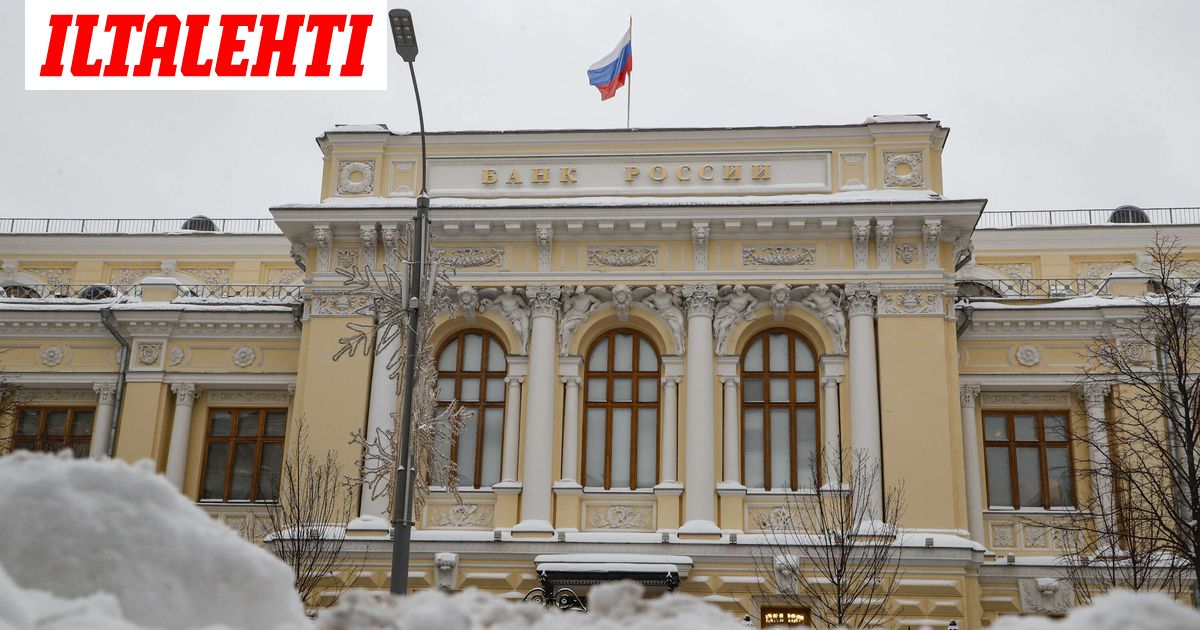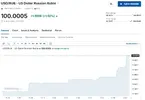Helsingin jäähallin myynti etenee ja rahat ovat menossa jäädytetylle tilille. Hyvä nähdä, että asia osataan tehdä oikein!
Hesari:
"Oligarkit eivät saa rahoja omille tileilleen, vaan ne menevät viranomaisten valvomalle sulkutulille siksi aikaa, kunnes pakotteet tulevaisuudessa mahdollisesti poistuvat."

 www.hs.fi
www.hs.fi
Hesari:
"Oligarkit eivät saa rahoja omille tileilleen, vaan ne menevät viranomaisten valvomalle sulkutulille siksi aikaa, kunnes pakotteet tulevaisuudessa mahdollisesti poistuvat."

Pakotteet | Helsinki-halli on myyty suomalaissijoittajille
Kaupan sinetöityminen vaatii vielä EU:n ja Suomen viranomaisten hyväksynnän. Poliittinen polku on tasoitettu pääministeri Petteri Orpon johdolla.








